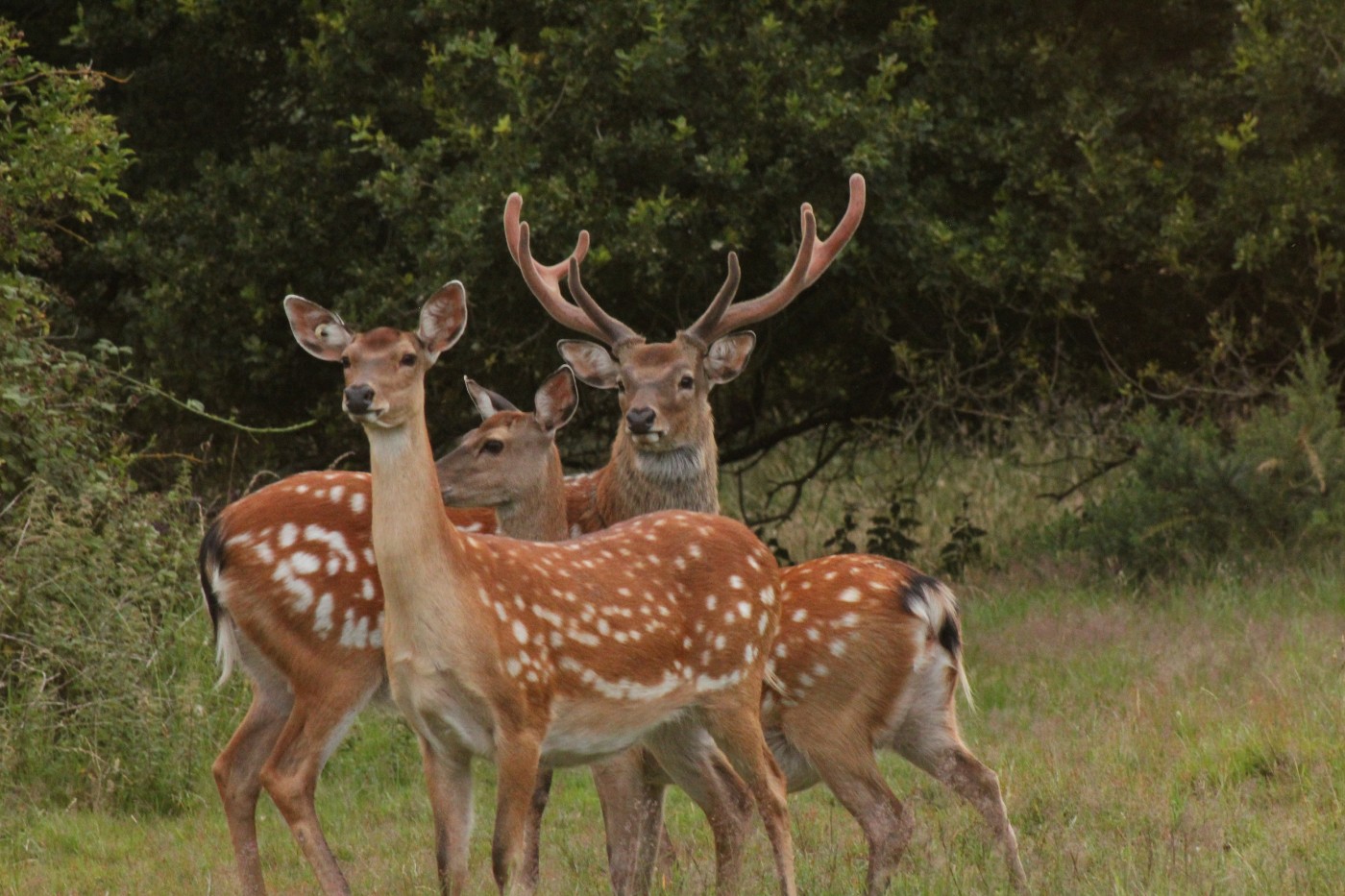
Graceful Forest Dwellers: Exploring the World of Sika Deer
Sika deer (Cervus nippon) are among the most captivating and adaptable members of the deer family. Native to East Asia, these elegant creatures have not only survived the pressures of modern development and habitat loss but have also expanded their range into parts of Europe, New Zealand, and even the United States. With their distinctive spots, melodic calls, and resilient nature, sika deer have earned both admiration and ecological concern in regions where they’ve been introduced.
Origins and Natural Range
The name “sika” comes from the Japanese word for deer (鹿), reflecting their deep cultural ties to Japan, where they are considered sacred in places like Nara Park. Sika deer originally roamed across much of eastern Asia—including Japan, China, Korea, Taiwan, and parts of Russia. Their habitats ranged from temperate woodlands to subtropical forests, showing a remarkable tolerance for diverse environments.
Appearance and Behavior
Sika deer are medium-sized and highly variable in appearance, depending on the subspecies. Most sport a reddish-brown coat dotted with white spots during summer, which often fade to a darker grayish-brown in winter. Unlike other deer species, many sika retain their spots into adulthood.
Their antlers are slender and often multi-tined, with males growing a new set each year. During the fall rut, males engage in dramatic displays of dominance—bugling, posturing, and sometimes clashing antlers to attract mates.
Sika deer are crepuscular, meaning they’re most active at dawn and dusk. They’re also known for their vocalizations, which include high-pitched whistles and barks, especially during mating season.
Ecological Role and Invasiveness
In their native ecosystems, sika deer play a vital role in shaping forest vegetation and supporting predators. However, when introduced to non-native environments—like in parts of the UK and the U.S.—they can become invasive. Sika are known to interbreed with red deer, threatening the genetic integrity of native populations. Their browsing habits can also heavily impact plant communities, leading to forest degradation and reduced biodiversity.
Conservation and Management
While sika deer populations are healthy overall, some subspecies—such as the Formosan sika deer in Taiwan—have faced serious declines due to habitat loss and overhunting. Conservation efforts, including reintroduction programs and protected reserves, have helped restore some of these vulnerable populations.
In regions where sika deer are invasive, wildlife managers must balance their ecological impacts with public interest. In some areas, controlled culls and regulated hunting help manage populations and reduce environmental damage.
Final Thoughts
Sika deer are a striking example of nature’s adaptability. Whether thriving in their native woodlands or navigating the challenges of introduced habitats, these deer continue to capture human fascination. With proper conservation in some places and careful management in others, we can ensure that the story of the sika deer remains one of balance between beauty and responsibility.
Fun Fact: Sika deer are surprisingly good swimmers and have even been spotted island-hopping in parts of Japan!
More photos below ↓









Disclaimer: This blog post is for edutainment purposes only and may not be entirely accurate.






